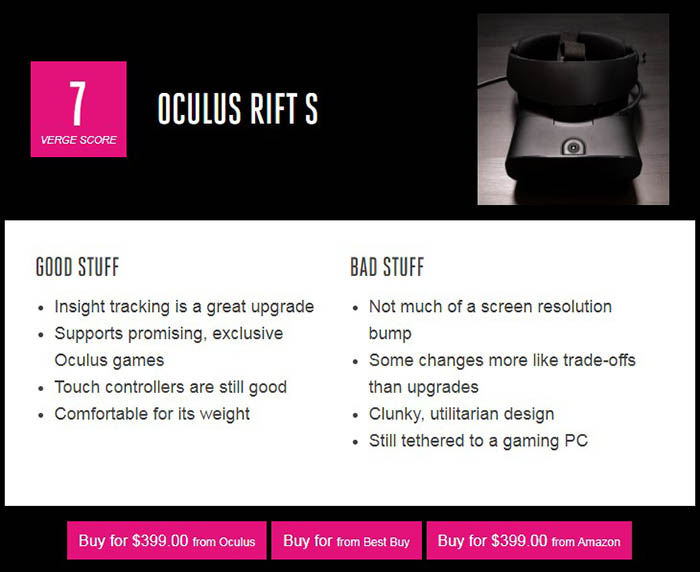User experience is one of the most important details of not just online retail, but the digital experience that has become so integral to our everyday lives.
The changing nature of both product and service design is something that has a greater impact on how we conduct ourselves and experience both work and leisure time than we might at first expect. This is why user experience is so important, and developments within it so key to interpreting what we might be able to expect from tech in the future.
With this in mind, let’s take a look at what trends 2021 may bring to user experience across both eCommerce and digital product design.
More AI, Thank You
The emergence of AI in modern society hasn’t quite reflected what anyone consuming television, films, and literature throughout the 20th century might have expected.
AI has not taken the shape of humanoid robot assistants in the home, but rather smart gadgets that seek to make everyday tasks easier to manage. This has seen AI become an integral part of the modern user experience.
Whether it’s virtual chatbots guiding you through a customer complaint or something as simple as Netflix recommending the latest series of your favorite show, AI has become involved in the most basic elements of the user experience, particularly when it comes to services.
It’s easy to look at this as the apex of AI involvement without the widespread removal of responsibility from the consumer’s hands, but there are still places these services can look to expand into throughout 2021.
Take music streaming service Spotify for example, which is experimenting with intelligent AI to make their general interface more personalized to the user. On top of weekly playlists featuring all the latest releases relevant to their taste, users can interact with a music world catered to their expectations and preferences, becoming the epicenter of their cultural intake. This makes Spotify a central hub for their interests and removes the need for other services and websites.
This kind of simple AI integration may be a step away from clear eCommerce pathways, but it helps consumers connect with a brand on a deeper level. For companies that rely on a subscription model to stay in business, this is particularly important and will only be developed throughout 2021.
A Virtual Replacement for Real Interaction

Much like AI, VR is a phrase that carries a huge weight of expectation.
VR, in many ways, is an imposing and potentially terrifying concept that to the untrained mind suggests another world that could come to replace ours. That hasn’t exactly come to fruition, with much of VR’s mainstream integration coming in the form of video game platforms such as the Oculus Rift.
Some of the best video game marketing campaigns have capitalized on this technology, using VR to create immersive promotional experiences that capture the imagination of gamers and showcase the potential of virtual reality in transforming the gaming landscape.
It is certainly gaining traction though and looks to become an important part of how consumers analyze, compare, and purchase products in the future.
While products such as the Gear VR and Google’s Daydream have struggled to capture the public’s imagination on mass (largely due to the financial costs and logistical demands of VR), there has been a more subdued wave of VR integration into mainstream retail, including markets such as real estate.
It is now common for potential buyers to view properties online using VR technology, giving them a clever vision of properties they either aren’t able to view in person. In a COVID reality, this use of technology will only become more widely available.
VR is a huge asset to eCommerce businesses, particularly those with niche products and no brick-and-mortar stores. From shoes to furniture, VR technology has allowed retail outlets to create visual showrooms and product experiences that show detailed 360 views and visualize them in their own home (with the IKEA VR catalog being just one example).
Maximizing the Power of Voice
For years it felt like voice search technology was bubbling under the surface, just waiting to become the primary method of search. A formal announcement never came though, you just suddenly noticed more people asking Siri questions and talking into their devices one day.
Voice commands are far from the finished article in UX however, and continued development should not be taken for granted throughout 2021.
Google’s new hum-to-search feature is just one example of how voice search is being used in creative ways accustomed to the informal nature of modern search. This can be seen as the voice equivalent of typing in a quote to search for a film, showing a greater understanding of genuine user journeys.
Users continue to demand simplicity and efficiency in their services, and voice commands are one of the best ways to achieve this. In a world where devices are close at all times and AirPods have made the practice of always being plugged in a genuine possibility, there is scope for companies to expand voice search capabilities.
Businesses outside of the tech sector are already looking for new ways to implement widespread voice user interaction. Starbucks, for example, recently introduced a new AI-based chatbot that allows users to improve their coffee-ordering experience by purchasing their favorite beverage using voice commands.
2021 will be a year where the kinks of voice command technology are ironed out and the service becomes less one of replicating text search, and more one with its sights set on innovation.
How to Maximise Your eCommerce Store for These Changes

Let’s take a quick look at how eCommerce store owners can prepare their business for the changes and make the most of advancements in user experience through 2021.
- Adopt a flexible platform
A website is the center of any modern business, serving as both the marketplace and central hub for loyal customers and intrigued first-time visitors.
Ensuring you have the right platform available to you is a key part of the user experience. As we’ve touched upon, user experience is an ever-changing beast, with new technologies creating not just new possibilities, but new demands. If your business can’t compete with new consumer demands, it makes it difficult to pry away customers from competitors with more advanced websites.
This is why eCommerce store owners, in particular, should pay close attention to the store platform they use. While leading options such as Wix and Shopify may simplify the process, more flexible coding-center platforms such as LemonStand (read eCommerce Platform’s LemonStand review for more detail) give you a malleable basis to add new features and craft a truly modern user experience.
- Survey your users
It’s impossible to master user experience if you aren’t sure what your users want. Crafting an exciting and responsive user experience requires feedback from the people who will benefit from it most. An online shoe store manager wouldn’t be wrong to assume their users want to see videos of genuine people wearing their products in real-life situations, but they can’t be sure of it until they get actual feedback.
It’s just as likely that potential consumers want more detailed product descriptions and live updates about the number of products ins tock before they buy.
Never make assumptions about the buyer and their preferences. Instead, use social media and email marketing to survey the opinions of both your most loyal customers and prospective buyers about what they would like to see improved on your website.
- Use analytics to analyze pain points
Analytics tools are perhaps the most powerful available to online business owners today.
Tools such as Google Analytics have made it easier than ever before for users to analyze the pain point within their website and achieve the genuine feedback touched upon above without contacting shoppers through conventional surveying processes.
Tools such as heatmaps (this Hubspot review highlights leading options) are particularly important when it comes to crafting an accessible user experience, as they highlight exact moments users will have struggled, succeeded, and become bored with your website and user journey.
Tech Advancements in User Experience is a Complicated Topic
While the personalization innovations such as AI and VR offer is often great for enjoying a more tailored experience, it can blinker your ability to access new forms of information and entertainment, creating a sheltered online experience rather than the more varied one it promises.
That being said, user experience is in an exciting development stage. The fact that every step of the retail process is analyzed to such a degree that it is is proof enough of that.
By following the tips laid out above and being aware of these potential trends, business owners across eCommerce, entertainment services, and other industries can maximize their output and win consumer loyalty in the long term.


